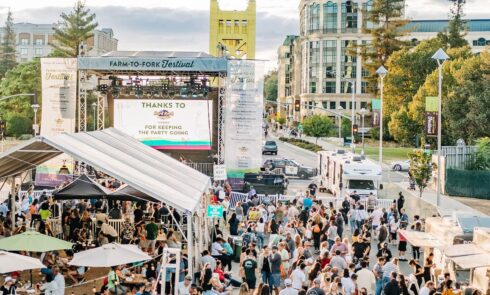The problem of empty office buildings has become widespread in almost all major cities worldwide in recent years. The competition in the commercial real estate market for renting the advantageously located offices suddenly ended. And the exact opposite problem has become urgent — where to find tenants for commercial real estate.
Some associate this drama of office buildings with social distancing during COVID-19 and the transition to remote work. But most likely, the pandemic acted as a trigger rather than a reason for this trend. The deepest reason is the development of technologies that devalue traditional forms of interaction. Electronic communication has proven to be much more important to the working processes than a physical presence in one place.
What will happen to empty office buildings in large cities? Let’s look at the main possibilities for the adaptive use of such buildings to maintain the connectivity of the urban environment.
Why the City Can’t Ignore the Problem of Empty Office Buildings
Some may think that the problem of empty offices concerns only the owners of these buildings, who are not receiving income from the rental of their real estate. However, the problem is much deeper.
The geographically advantageous location of the company’s office on the city map has traditionally been its competitive advantage. Therefore, developers used the available areas in the downtown area to build office buildings. And the disappearance of demand for their rental means that entire neighborhoods can become lifeless. This will entail a series of negative consequences:
- Emergence of depressed areas. Places with abandoned buildings have a depressing effect on the psyche of city residents. People try to avoid such places, which further increases their desolation.
- Spread of crime. On the contrary, abandoned areas are attractive to criminals and homeless people, who feel more protected in such places.
- A city may lose its tourist appeal if empty business districts are located in the center.
Therefore, the adaptive use of empty buildings is a solution that should be developed in cooperation between businesses and city authorities.
Ideas for Repurposing Office Buildings
Coliving and Coworking
Creating shared use areas has many benefits:
- Collaboration and social networking. Coworking areas give birth to many new projects, successful startups, and unexpected ideas. Since coworking areas are open to everyone, this eliminates the problem of boundaries between different companies and promotes the establishment of productive connections.
- Reducing the cost of operating residential spaces. Refurbishment of office spaces for co-living facilities makes housing more affordable for all categories of citizens. Such forms of housing sharing solve the problems of people with low incomes. Having the opportunity to get loans at FCLOANS, they ultimately solve their debt problems because co-living allows them to significantly save on rent and utilities.
Creation of Green Spaces
Coliving and co-sharing only make sense when office buildings are relatively new. Their conversion will require significant investments, especially when it comes to creating residential premises. Investing money in modernizing old buildings is ineffective in terms of costs. Therefore, it is necessary to look for other solutions in such cases. One option is to create green areas, which may be of interest to both city residents and tourists:
- The problem with the lack of green spaces has become especially acute in recent decades. Developers have taken more parks, squares, and green courtyards for construction. Now, this trend can be reversed, and additional park areas can be created in the city.
- The presence of original green areas with attractions, cafes, and exhibition halls makes the city more attractive to tourists. The emergence of additional tourist spaces will contribute to business development and the influx of additional funds into the city budget.
Therefore, the city government may be interested in buying old empty office buildings from the owners, demolishing them, and creating park areas in this place.
There are other proposals, such as creating multi-story car parks or warehouses to get goods to consumers faster. However, they are less attractive from the point of view of the architectural appeal of the city. Such structures in city centers may look disharmonious in relation to other buildings. City authorities should not withdraw themselves from solving these problems. Now is a convenient time for the city to find its new identity, develop unique solutions, and attract investors and tourists eager to see new attractions.


